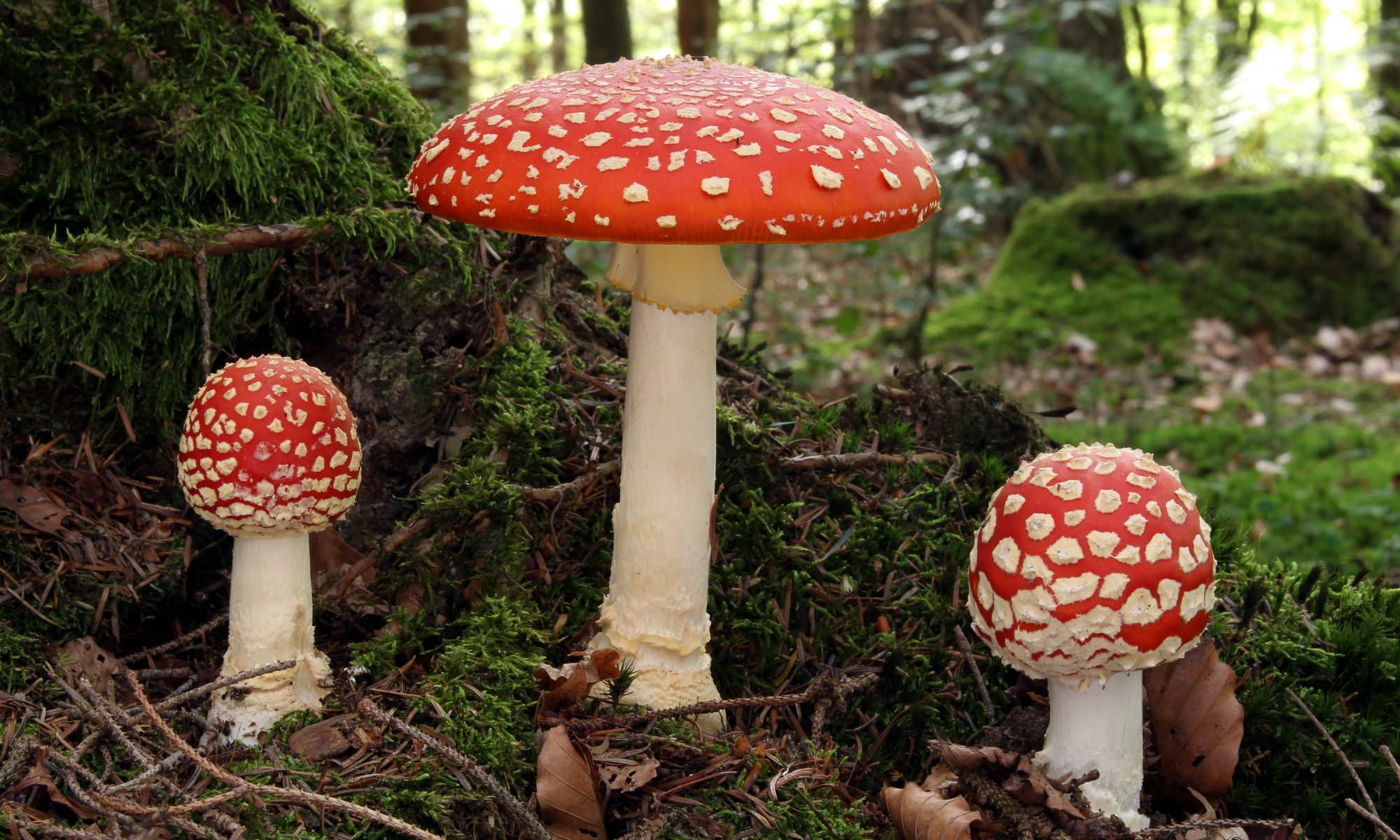After all summer wandering out on the free range, the females come back to the enclosure and we check them and separate who we need for the rut and who can go back out. This year, three of the girls going back out were Sambar, Okapi, and Cailin. They have been known to return occasionally, and this is the story of one time where the toublesome trio turned up almost daily and would be outside the enclosure and need to be pushed out..
Take 1: 30th September 12:30pm ish
Morna and I had just finished the hill trip and were checking the reindeer in the other enclosures, where there were bulls and cows.
“Silver mount – fine, top corridor – fine, bottom corridor – three extra?”
Okapi, Sambar, and Cailin had waited outside the gate used their big brown eyes and fluttered their eyelashes to trick an unsuspecting visitor to let them in, much to Bandy’s delight. We separated them and pushed them back out on the hill.

Take 2: 3rd October 08:20am
Hen, Andi, and myself checked the roads in the morning as we always do, and found Okapi and Cailin standing at the side of the road staring down in to the enclosure like a golden eagle on a levrit, scheming. Sambar was found the day before alone outside the enclosure and so we took her in until we could find her some company out on the free range. Maybe they were scheming, taking turns going in to the enclosure a day at a time! So we lead the two girls into the enclosure, reunited them with Sambar, and once again pushed them out.

Take 3: 4th October 16:3pm
RTC (reindeer traffic control) were called out as the troublesome trio were causing a blockage on the Cairngorm road. Morna and I headed out to move them, and after a small discussion of the question we seem to be asking a lot recently “take them up or down?”, we moved them up on to windy-ridge. There was a glimmer of hope as they walked over the summit, that they were finally heading into the hills.

Take 4: 5th October 08:10am
The three girls are once again found below Cairngorm road and I volunteered to take them out to ‘the flats’ (that is the plateau area below the northern corries) and I was determined to take them out where they wouldn’t come back. I had a bucket of feed, wellies and flat cap, but unfortunately no gloves, which I soon regretted as my hands felt as if they were being pierced by shards of dry ice. We walked through a glen, over a river, dodged the bogs (which are always deeper than your wellies). Eventually I stumbled onto a deer track that was poached with Roe deer, Red deer, and now Reindeer tracks. We eventually stopped at the base of Lurcher’s crag, I scanned my surroundings to see if there was a road, footpaths or anything else nearby where the reindeer could be a nuisance. But we were enclosed by the over-towering hills. I gave them some feed and after a one-to-one with them about why they should head in to the hills, I headed back.

“I hope that’s the last I see of them for a while”, I thought to myself as I left…… but I doubt it!
Olly


















